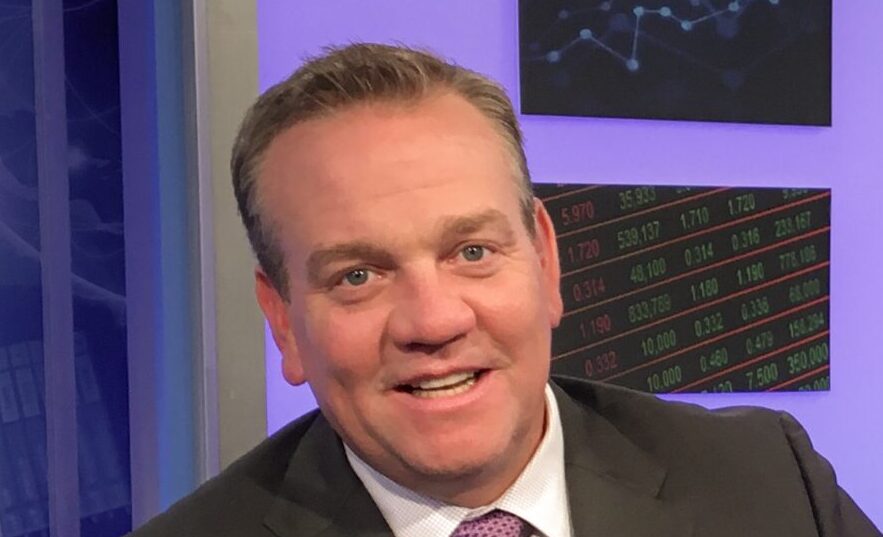Retire Early or Wait It Out? Real-Life Retirement Plans and What We Can Learn from Them

When it comes to retirement, there’s no such thing as a one-size-fits-all strategy. Whether you’re in your 40s hoping to retire early, or approaching your 60s and wondering if you’ve saved enough, your plan should be as unique as your lifestyle. I recently reviewed several real-life cases that highlight just how diverse retirement planning can be—and what we can all learn from them.
Let’s start with Martin and Katrina, ages 44 and 42. Their goal is early retirement at 58, and they estimate needing $90,000 a year post-tax—roughly $145,000 in future dollars after accounting for inflation. Right now, they’ve saved about $767,000 across tax-deferred accounts, Roth IRAs, a brokerage account, and emergency savings. They’re disciplined savers—putting away nearly 27% of their income—and expect a $500,000 inheritance. At a 6% annual return, their portfolio could grow to $2.7 million by retirement. Sounds great, but they’ll still be about $1 million short of their projected goal.
Here’s the good news: they didn’t include Social Security, which is estimated at $5,000 per month beginning at 70. That alone could close the gap. The lesson here? Stay disciplined, remain flexible, and don’t underestimate the value of part-time work or moderate spending adjustments in early retirement.
On the other end of the spectrum are Piggy and Kermit, aged 50 and 57, with $5.25 million in assets—mostly in brokerage accounts. They spend between $200,000 and $225,000 a year while earning $350,000. They’ve also set aside $800,000 for their kids’ college education. Their distribution rate is about 3.8%, which is technically sustainable—but Joe and Big Al suggest aiming for $175,000–$200,000 in annual spending for a stronger financial cushion. Their flexibility to scale back work or generate passive income through self-employment puts them in a great position.
Then there’s Galahad and Zoot, a couple in their 50s still navigating mid-career responsibilities. Zoot’s pension at 62 is a key asset—$145,000 per year—but their retirement accounts are relatively modest at $500,000, plus a bit of savings. They also have some debt and a $400,000 mortgage. Their retirement spending goal of $200,000 a year is aggressive, but with a projected portfolio of $800,000 by age 62, plus the pension and potential part-time income, they’re close. To bridge the gap, they’ll need to monitor expenses, pay off debt, and make use of Social Security and other income streams.
Bo and Daisy, in upstate New York, are in a very different situation. They live on $3,200 a month, have no debt, and own their home outright. With a modest portfolio—$645,000 total—and a $2,400 monthly pension, their retirement plan is conservative and sustainable. Bo plans to withdraw $36,000 annually from his IRA for five years until Social Security kicks in. That’s a 5% withdrawal rate, which is a bit high, but manageable thanks to their fixed pension and low expenses. It’s a great example of how living within your means can lead to peace of mind—even with fewer assets.
Then we have Half Wannabe and Jane, who are approaching their early 60s with plans to retire at 62 and spend $120,000 annually. They have a total of $1.5 million in retirement accounts, no debt, and a paid-off home. Add in Half Wannabe’s $1,700 monthly pension and potential Social Security benefits ranging from $4,463 to $8,300 combined, and their financial foundation looks solid—if they stay within a 4% withdrawal rate. Joe and Big Al recommended delaying Social Security if possible to maximize benefits, and maintaining a diversified, tax-efficient portfolio to ensure sustainability.
Finally, one of the most inspiring stories came from Chuck, who retired at age 46. Far from being bored, he’s thriving. He spends his time volunteering, being a stay-at-home dad, playing sports, and resting when needed—without the stress of a demanding job. His story reminds us that retirement isn’t just about money—it’s about the freedom to live life on your terms. It’s worth noting that Chuck’s story is still unfolding, and as Joe and Big Al pointed out, it will be interesting to see how his experience evolves over time.
What ties all these stories together is that retirement planning is never just about numbers. It’s about flexibility, discipline, and a clear understanding of your goals. Whether you’re chasing early retirement or just want to make sure your Social Security and savings align, remember: a good plan evolves as your life does.
Intended for educational purposes only. Opinions expressed are not intended as investment advice or to predict future performance. Past performance does not guarantee future results. Neither the information presented, nor any opinion expressed constitutes a solicitation for the purchase or sale of any security. Consult your financial professional before making any investment decisions. Opinions expressed are subject to change without notice.
IMPORTANT DISCLOSURES:
• Investment Advisory and Financial Planning Services are offered through Pure Financial Advisors, LLC. A Registered Investment Advisor.
• Pure Financial Advisors, LLC. does not offer tax or legal advice. Consult with a tax advisor or attorney regarding specific situations.
• Opinions expressed are subject to change without notice and are not intended as investment advice or to predict future performance.
• Investing involves risk including the potential loss of principal. No investment strategy can guarantee a profit or protect against loss in periods of declining values.
• All information is believed to be from reliable sources; however, we make no representation as to its completeness or accuracy.
• Intended for educational purposes only and are not intended as individualized advice or a guarantee that you will achieve a desired result. Before implementing any strategies discussed you should consult your tax and financial advisors.







